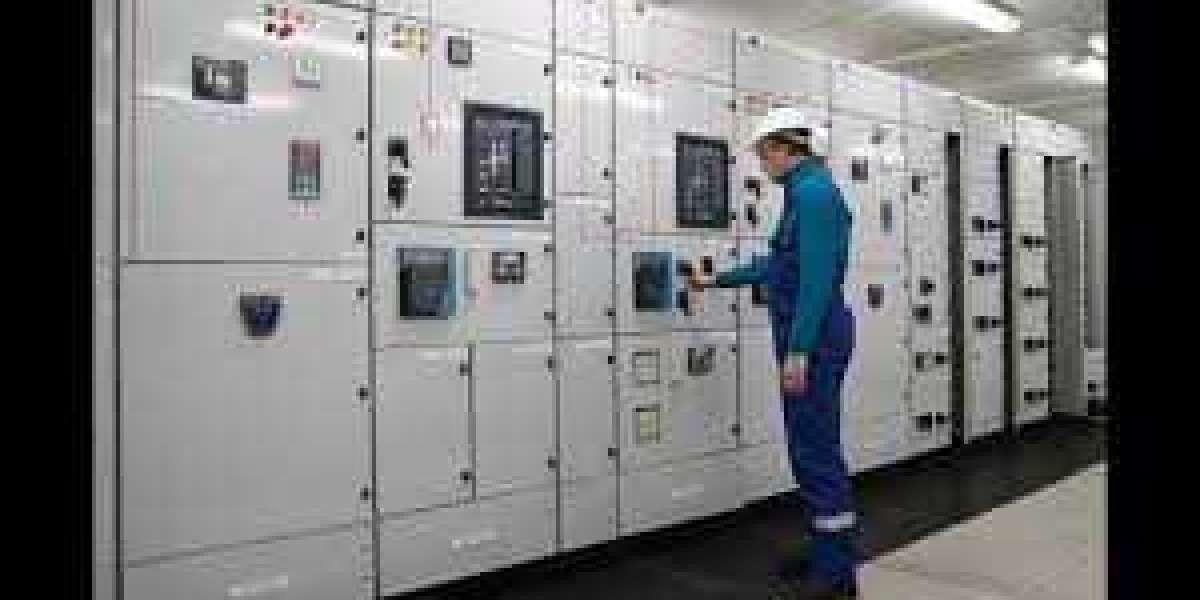Your electrical system is one of the most critical components of your home or business. It powers your appliances, devices, and machines, and ensures that your daily operations run smoothly. Circuit breakers are an essential part of this system, protecting against overloads and short circuits that can cause damage or even start a fire. Over time, circuit breakers can become worn, corroded, or outdated, leading to potential hazards and operational inefficiencies. In this article, we will discuss the importance of circuit breaker overhauling and how it can revitalize your electrical system.
What is Circuit Breaker Overhauling?
Circuit breaker overhauling is the process of inspecting, testing, and repairing or replacing worn or damaged components of a circuit breaker. The objective of this process is to restore the circuit breaker to its original condition and ensure that it operates efficiently and safely.
Why is Circuit Breaker Overhauling Important?
Circuit breaker overhauling is important for several reasons:
Safety: A worn or damaged circuit breaker can be a significant hazard, increasing the risk of electrical fires, equipment damage, or even injury to people. Overhauling can identify and repair any issues before they become critical.
Efficiency: An outdated or inefficient circuit breaker can result in frequent tripping, operational inefficiencies, or increased energy consumption. Overhauling can improve the performance of the circuit breaker, resulting in lower energy costs and improved productivity.
Longevity: Overhauling can extend the life of a circuit breaker, avoiding the need for costly replacements or repairs in the future.
What does Circuit Breaker Overhauling Involve?
Circuit breaker overhauling typically involves the following steps:
Visual Inspection: A visual inspection is carried out to identify any visible signs of wear, damage, or corrosion. This includes checking for any loose connections, rust, or broken parts.
Testing: A series of tests are carried out to ensure that the circuit breaker operates correctly, including a trip test, a contact resistance test, and a mechanical operation test.
Cleaning: The circuit breaker is thoroughly cleaned to remove any dirt, dust, or debris that may affect its performance.
Repair or Replacement: Any damaged or worn components are repaired or replaced to ensure that the circuit breaker operates efficiently and safely.
Calibration: The circuit breaker is calibrated to ensure that it operates within its specified parameters.
Documentation: A comprehensive report is generated detailing the results of the inspection, tests, and repairs carried out during the overhaul process.
Conclusion
Circuit breaker overhauling is an essential process that can revitalize your electrical system, ensuring its safety, efficiency, and longevity. By identifying and repairing any issues before they become critical, circuit breaker overhauling can avoid costly repairs or replacements in the future. It is recommended to schedule a circuit breaker overhaul every five to ten years, depending on the usage and environmental conditions. Contact a qualified electrician to discuss your circuit breaker overhaul needs and to ensure the safety and reliability of your electrical system.
What is the difference between medium and low voltage generators and how to choose the right one?








